Crop irrigation is an integral part of growing vegetables. This is because 80-95% of any vegetable is water!
A plant can suffer stress from lack of water as quickly as 3 days after the most recent rain. In places like the high plains where rain can be sporadic or even sparse, crop irrigation has become quite widespread.
About 39% of all fresh water used in the U.S. Goes to water farm crops. Irrigation allows the farmer to plan for regular moisture on his crop, which encourages maturity and good yields.
The Original Crop Irrigation – A Bucket
The earliest method of delivering water to needy plants was a simple bucket system. A man (or woman) carried a bucket full of water to a plant and poured it over the top. Crop irrigation was born!
Flood Irrigation
Of course, as the number of plants grew, a more efficient way of providing moisture was needed. Necessity provided a technique called “flood irrigation,” which is simply allowing a large amount of water to flow into a field. Farmers perfected this method of delivering water to plants by enclosing the field with a sort of mini “dike,” keeping the water inside the field so that it could soak into the ground.
Some farmers also used fields with a slight slope, which allowed the water to flow downward toward the edges of the field.
This was an improvement over the bucket system, but it was highly inefficient since much moisture was lost to evaporation, and often there were plants who did not receive any water because they were not in line of the flood.
Furrow Irrigation
The next crop irrigation innovation was furrow irrigation, where large pipes with holes were laid perpendicular to the rows of crops. The pipes were connected end-to-end like a long snake. A well or other water source was connected to one end of the pipe “snake,” and water was directed through the pipe.
The water then flowed out of the holes and into the furrows between the crop rows. This new technique reduced evaporation by about 25%, and provided an improvement to then current crop irrigation practices.
Center Pivot Irrigation
Many of us are familiar with center pivot irrigation, although we may not have realized it.
Anyone who has flown over the Heartland and noticed large green circles on the ground has witnessed center pivots at work.
Center pivots work just like your sprinkler system at home. The water source is in the center of the field, (picture your garden faucet), and a large pipe (like your garden hose) extends toward the ends of the field. The pipe either has sprinkler heads that spray water over the plants, or it has sprinkler heads that hang down close to the plants, directing water on them.
The center pivot also has motors that propel the sprinkler heads in a circle around the field, providing just the correct amount of water needed for each crop.
Benefits with this type of crop irrigation include much less moisture lost to evaporation, and much less energy needed to move the water around the field. Also, it is much easier to regulate the amount of water directed to each plant, so that no crop gets too much or too little moisture.
Drip and Water Reel Irrigation
Drip irrigation has also been developed for the needs of a small scale farm or homeowner. This is where small hoses with nozzles are directed to each individual plant. This type of irrigation is useful for watering a smaller number of plants, and has been marketed specifically to gardeners and homeowners.
Water reels are simply wheeled hoses that can be moved around a field, placed so as to direct sprays of water. Water reels are typically used at such places as football, baseball or soccer fields, gardens, cemeteries, and so forth.
As needs of the farmer and crop change, crop irrigation will continue to evolve in order to take into account the needs of the environment and those whose job it is to steward the land.
Article Source: https://bit.ly/3BHBNrM
